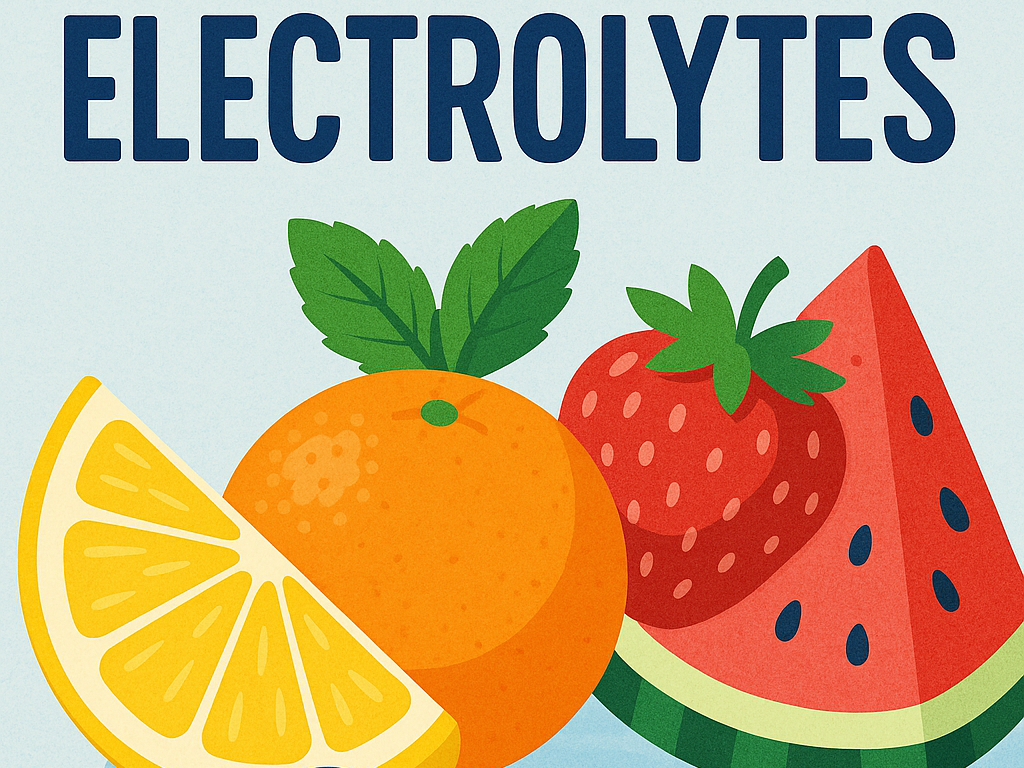
Close your eyes and spin in a chair for a few seconds—then try to walk straight. You’ll likely stumble. I know what you are thinking. “Yeah, obviously, because you can’t see”. Well, actually, you stumble, not because your eyes are closed, but because your ears are telling your brain you’re moving. This is thanks to the semicircular canals, tiny loop-shaped structures deep inside your inner ear that play a huge role in your sense of balance and orientation.
Each of the three canals is filled with fluid and lined with sensory hair cells. When your head moves, the fluid inside shifts, bending the hairs and sending signals to your brain about the direction and speed of the movement. This is how your body maintains balance, even in total darkness. It’s like having an internal gyroscope.
How does this relate to car sickness? Well, when this system gets overwhelmed—say, in a car or on a boat—it can lead to motion sickness. That’s because your eyes might tell your brain you’re stationary (if you’re looking at a book or phone), while your semicircular canals say you’re moving. This sensory mismatch confuses the brain, sometimes triggering nausea, dizziness, or even vomiting.
Understanding how these tiny canals work not only sheds light on balance and movement but also helps explain why astronauts in zero gravity get disoriented, why roller coasters can be both thrilling and nauseating, and why car sickness is more than just “all in your head”—it’s also in your ears.
RELATED POSTS
View all


